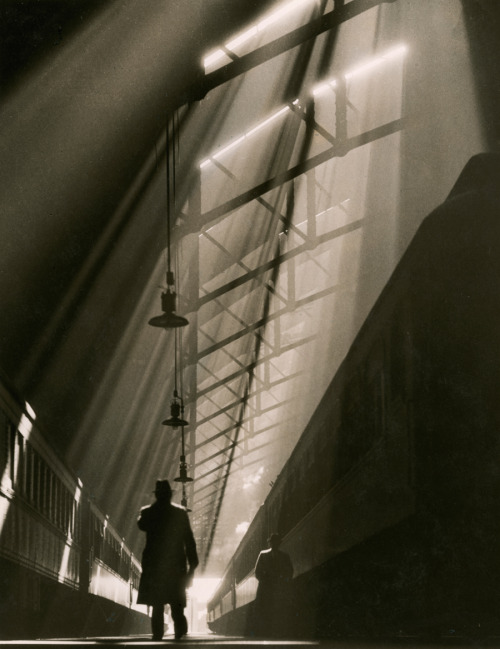This student-authored post is published by CPR in partnership with Medill News Service and the Northwestern University Medill School of Journalism, Media, Integrated Marketing Communications. The views and opinions expressed in this article are the author’s own and do not necessarily reflect the views, policies, or positions of CPR or CDC.
Blake wears a hat to his online classes because he’s self-conscious about his hair. The second grader from Illinois is learning to read and write. Skills that are tough to learn without having to do it over videoconference. Blake practices writing by drawing letters on a tablet and reads aloud to his classmates over the computer.
To get him extra practice, Blake’s family signed him and his siblings up for a program called K9 Reading Buddies of the North Shore. The program, based in the Chicago suburbs, gives students practice reading to therapy dogs in a judgement-free environment.
This reading practice has had other benefits, too. Blake’s family noticed he doesn’t wear a hat when he reads to the dogs.
“It made me recognize that when he reads in front of the dog, he’s focused on the dog and the reading. He doesn’t have the anxiety,” said Blake’s mother, Heather. “It’s increased his confidence quite a bit.”
Sit. Stay. Roll over. Zoom?
Over 50,000 therapy dogs in the United States provide emotional support to people in hospitals, retirement homes, schools, and airports, reported National Geographic in 2018. During the COVID-19 pandemic, therapy dog programs across the country have reimagined their service models. Some bring their animals up to the windows of hospitals and retirement homes or parade their pets outside.
Some programs sent cardboard cutouts of their therapy animals to the places they visited before the pandemic. Others became pen pals with the people they used to see, said Billie Smith, executive director of The Alliance of Therapy Dogs. The organization certifies all the dogs involved in the K9 Reading Buddies group.
Typically, K9 Reading Buddies has 40 volunteers who visit schools and libraries, and about half of them have been doing virtual reading sessions. Students can now choose from among 22 dogs to schedule an online visit with.
“[The students] miss the physical touch. Being in the same room with a dog [can] lower blood pressure and reduce anxiety,” said Carole Yuster, executive director and founder of K9 Reading Buddies of the North Shore. “But you can tell they still get that reward. The kids are relaxed and want to read to the dog. And anytime that happens, that’s a plus.”
Sessions begin with the handler greeting the student and asking them their name and grade. The dogs wear red bandanas, a signal to them that they’re “at work” and need to stay calm. Then the child begins to read.
Children get excited to read to the dogs. It’s like they are a teacher and the dogs are their students. They hold picture books up to the webcam to show the animals and even withhold what they think are scary images “because they don’t want to upset the dog,” Yuster said.
The volunteers ask students to explain the story to the dog, which helps build reading comprehension skills.
Sessions usually end with the dogs performing a trick.
Online services were an adjustment, but they’ve allowed K9 Reading Buddies to connect with new students from across the country. And for dogs like Yuster’s puppy, Nala, who doesn’t travel well, virtual therapy gives them the flexibility to work from home.
“The reading programs took off fairly quickly with the virtual visits,” Smith said. “If this is something that was normal for them before the pandemic, then it is very helpful for them now.”
Soothing student stress
The pandemic has affected different students in different ways. Blake hasn’t been able to learn or socialize with other kids in a classroom like he’s used to. His older brother, Bennett, who entered middle school this school year, hasn’t had the chance to make new school friends.
“My initial fear was the academic loss during COVID-19,” Heather said. “But at the end of the day, the academic loss is secondary to the social-emotional wellness of these children.”
Social isolation is one of the things that can increase mental health struggles for children, according to the CDC. According to a recent report by CDC, the proportion of emergency department visits for children’s mental health concerns increased by 24% in 2020 for kids ages 5 to 11 and by 31% for ages 12 to 17.
Though interacting with a dog on-screen isn’t the same as playing with friends their age in real life, Heather said the K9 Reading Buddies virtual sessions have given her kids something to look forward to during the pandemic.
“It’s been a highlight of our week for a very long time,” she said.
Blake and his siblings weren’t involved with K9 Reading Buddies before COVID-19 but plan to attend in-person sessions, which are slowly starting up again. Heather said “there’s no doubt” the program has improved Blake’s reading.
“He was not willing to just sit down and read a book … Now, he will choose to read a book by himself,” Heather said. She’s quick to add, “He still loves to read to the dogs—that’s not over.”





